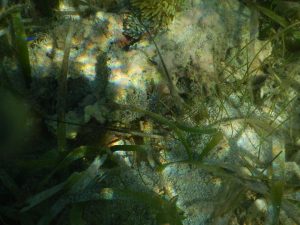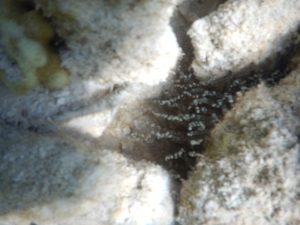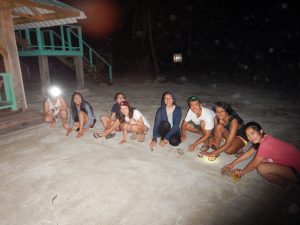Today was the last day at Glover’s Reef, and we made the most of it! Soon after breakfast, we all got into our snorkel gear to spend the morning finishing our coral/urchin quadrat and transect experiment. When I went into the snorkel shed, I noticed that my dive suit was gone. I asked and looked around, and it came to my attention that Caio (Dr. Correa’s ten-year-old son) wears the same size suit as me. When I found him, he was comfortably suited up in my “NeoSpo” suit. Instead of switching, I put his on, and we got this cute photo!
The last site of our experiment was a non-MPA reef, and Liliana and I zoomed through our data collection. We have gotten to be really efficient! I saw a lot of my taxa here! I spotted a num anemone and warty corallimorph, and I got pictures that clearly show the anemone’s inward mouth (first picture) and the corallimorph’s upturned mouth (second picture).
I also so another red beaded anemone! This one was fully red/brown, and it had bumpy tentacles (the other one had smooth tentacles).
NEW TAXA SIGHTING: I saw a corkscrew anemone! This is a tiny anemone, and I git a photo! The one I came across was less than a centimeter in diameter with thin tentacles ringed with white, making them appear like corkscrews. I was so excited to find one of these attached to a piece of rubble!
Going back to the boat, we found seven Caribbean reef squids lined up in a row! They were such interesting creatures to see.
We then went on a fun snorkel (the last one), where I got to see so many beautiful fish! However, the water conditions were very rough, so it was a bit like being in a washing machine.
I did spot sponge zoanthids! These <1cm yellow/orange polyps were colonial across the surface of a green branching vase sponge! I was so excited to get this last sighting in 🙂
After lunch, we analyzed our coral/urchin data and made a poster! If you’ve noticed, all of our reef posters have a special heart <3
After dinner, we measured and dissected the three lionfish Dr. Solomon caught over the days at the reef. My group named our fish Appetizer. We then ate the lionfish in ceviche! I was glad to do my part in removing these invasive species but also putting their meat to good use, and I’m so happy that Liliana’s lionfish-eating dreams finally came true!
With my incredibly tanned hands, I will wave Glover’s Reef goodbye tomorrow morning. I’ve had an amazing time here and have learned so much, and I can’t wait to continue this journey in other ecosystems! Tomorrow’s destination = savanna!
– McKenna





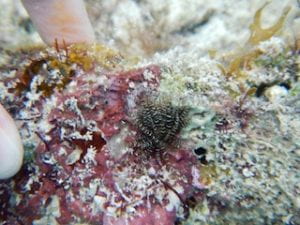
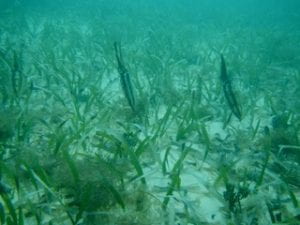
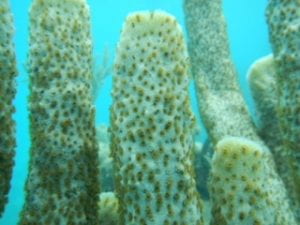
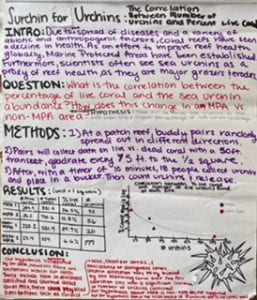
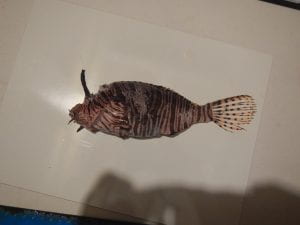
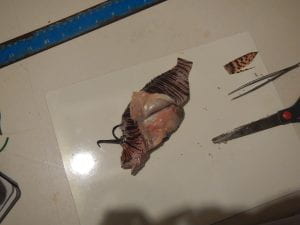
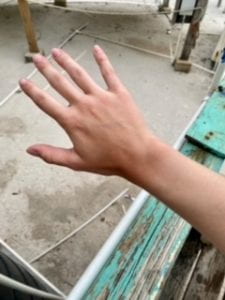

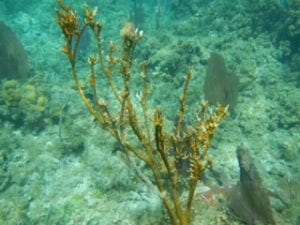

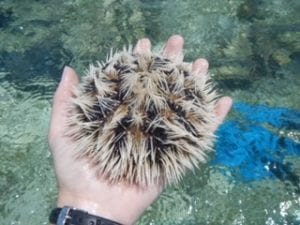
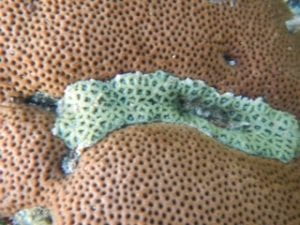


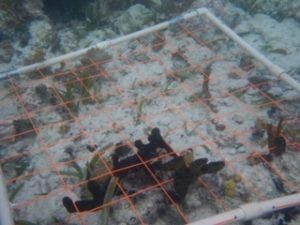
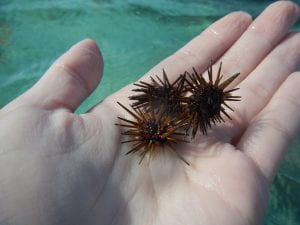
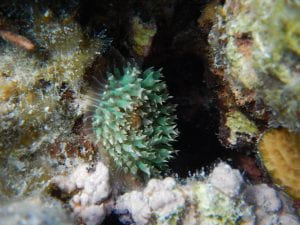
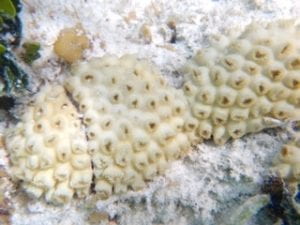
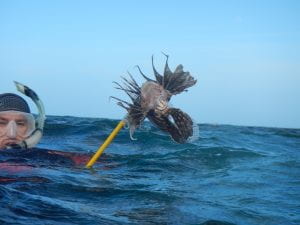

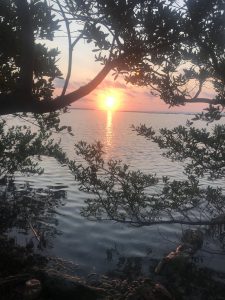
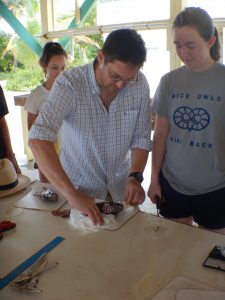
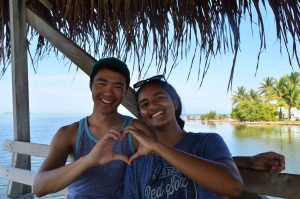
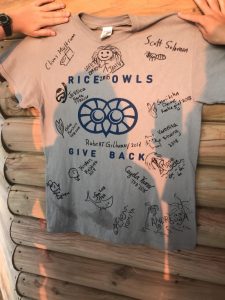 No corallimorphs, zoanthids, or anemones seen today
No corallimorphs, zoanthids, or anemones seen today
